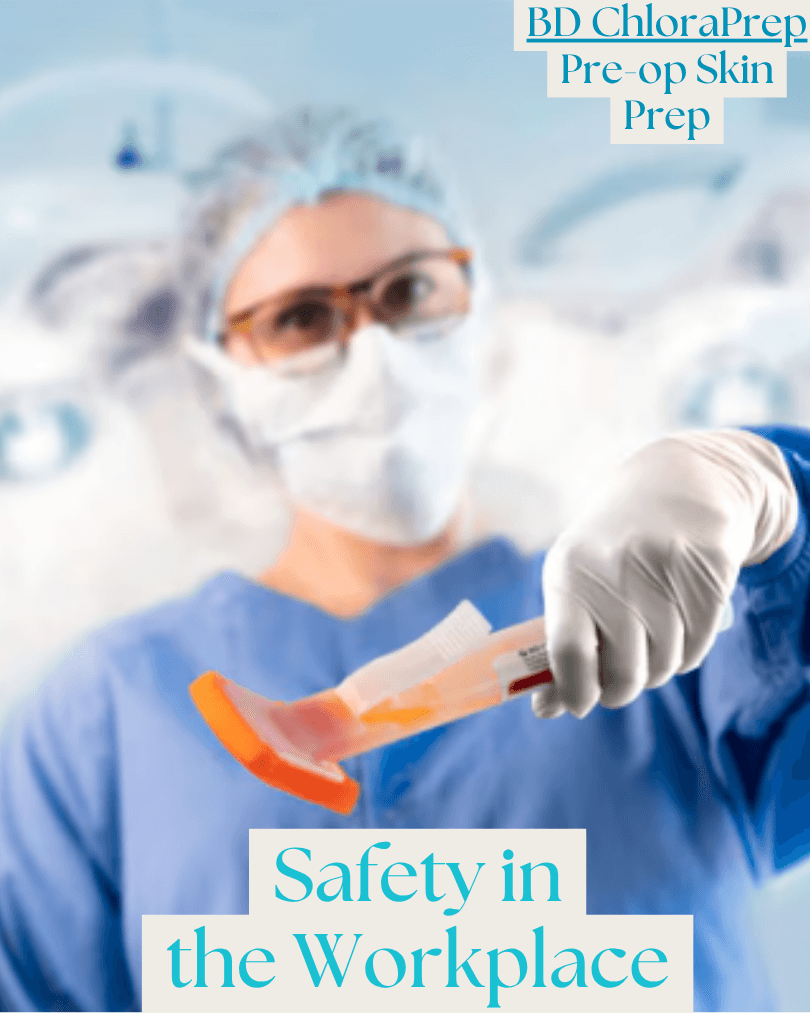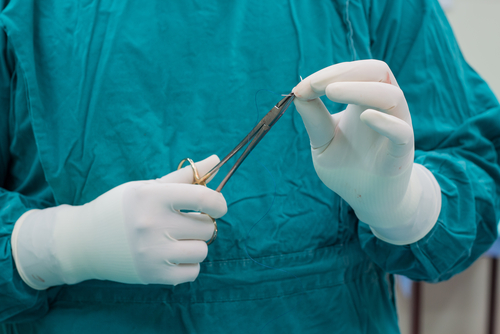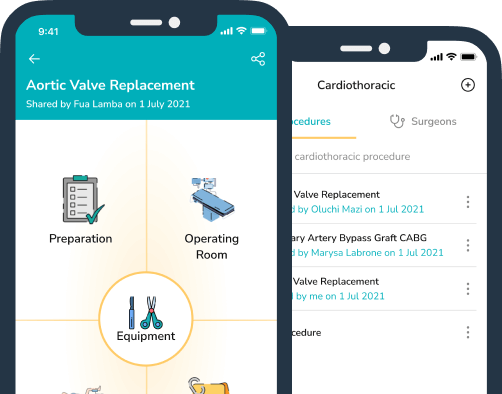Alcohol-Based Surgical Prep Safety: Best Practices for OR Nurses, Techs & ODP’s.
Posted at 04 June 2025 in Alcohol Based-Prep,Education,Education & Training,OR Nursing,Skin Antisepsis,Surgical Fire Risk,Surgical Prep Tools by Marrianne
Introduction
Alcohol-based surgical prep safety is critical in modern operating rooms and alcohol-based surgical skin preps are a cornerstone of infection control, offering rapid and reliable antimicrobial action. But with their benefits comes a critical risk: fire hazards. For operating room nurses and surgical technologists, understanding how to safely use these solutions is essential to protect patients and prevent harm.
Why Alcohol-Based Preps Are Standard
Alcohol is fast-acting, dries quickly, and kills a broad spectrum of pathogens. It’s commonly combined with chlorhexidine or iodine, making it a go-to for preventing surgical site infections (SSIs). The CDC and WHO both support alcohol-based solutions as a best practice for surgical skin antisepsis. However, it’s extremely flammable. Vapors can ignite when exposed to electrocautery devices or lasers, turning a routine prep into a dangerous situation if not properly managed.
The Fire Triangle in the OR
Most surgical fires involve these three elements:
– Fuel: Alcohol-based prep
– Ignition: Electrosurgical devices or fiber-optic cables
– Oxidizer: Supplemental oxygen
Over 600 surgical fires are reported annually in the U.S., often due to improper skin prep protocols (ECRI Institute).
Best Practices for Alcohol-Based Surgical Prep Safety
1. Apply Carefully
Avoid excess pooling, especially around skin folds, hair, or under the patient.
2. Use Safer Application Tools
Products like BD Bard’s ChloraPrep with Tint, help standardize application and reduce risks. ChloraPrep with Tint is a single-use, prefilled applicator containing 2% chlorhexidine gluconate and 70% isopropyl alcohol. Its design supports even application and minimizes pooling, helping reduce fire risk while improving efficiency. ChloraPrep’s built-in safety features include controlled delivery and foam-tipped applicators, making it easier to ensure consistent coverage and drying.
3. Let It Dry
Wait at least 3 minutes for full evaporation. Never drape or activate devices until the prep is dry.
4. Avoid Vapor Traps
Ensure drapes do not seal off wet or moist areas. Allow for ventilation around the surgical site.
5. Communicate with the Team
Clearly announce when alcohol prep is used. Pause to confirm the site is dry before any ignition source is used and pooling is minimized.
6. Train and Audit
Conduct regular education sessions and fire risk drills. Ongoing competency supports safety culture in the OR.

Final Thoughts
Surgical prep is the foundation of a safe procedure. As OR nurses and techs, your diligence during this phase not only reduces infection risk—it can also save lives. With the support of standardized tools like ChloraPrep, you can perform effective antisepsis with added confidence and control.
References
- Association of periOperative Registered Nurses (AORN). Guideline for skin antisepsis. 2023.
2. ECRI Institute. Top 10 Health Technology Hazards for 2023.
3. CDC. Guideline for the Prevention of Surgical Site Infection. 2017.
4. BD. ChloraPrep™ Patient Preoperative Skin Preparation. https://www.bd.com/en-au/products-and-solutions/products/product-page.m.ChloraPrep
Recent Articles
Electrosurgery & Cautery Safety: Protecting Patients Through Vigilance, Communication, and Best Practice
09 December 2025
✈️From Pilots to Perioperative Practice: Why Organisation and Readiness Save Lives in the OR
28 October 2025
Categories
More articles from Alcohol Based-Prep,Education,Education & Training,OR Nursing,Skin Antisepsis,Surgical Fire Risk,Surgical Prep Tools
View AllElectrosurgery & Cautery Safety: Protecting Patients Through Vigilance, Communication, and Best Practice
⭐ A Personal Note on Perioperative Practice Every day in the operating room, perioperative professionals carry a...
09 December 2025
Read moreReducing SSIs Through Best Practice Skin Preparation: What Every OR Nurse Should Know
Best Practice for Surgical Skin Preparation: Reducing the Risk of Surgical Site Infections (SSIs) Surgical skin pr...
11 June 2025
Read more
A Little About Sutures & Surgical Considerations
About Sutures-Needle Point Cutting Edge - 2x types- Conventional & Reverse Ha...
13 February 2024
Read more

